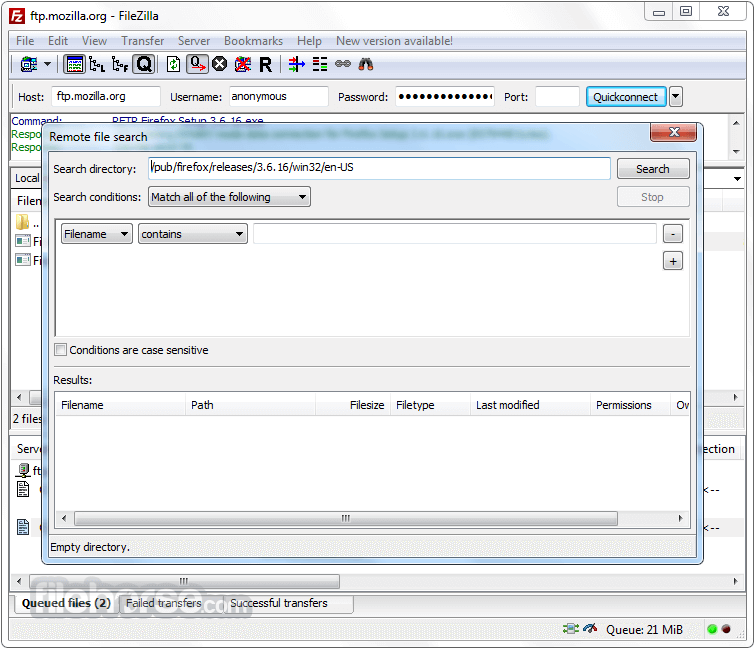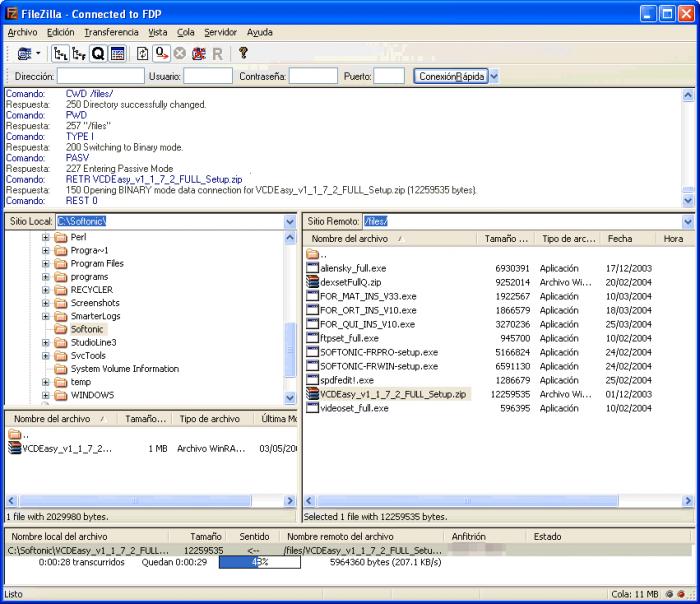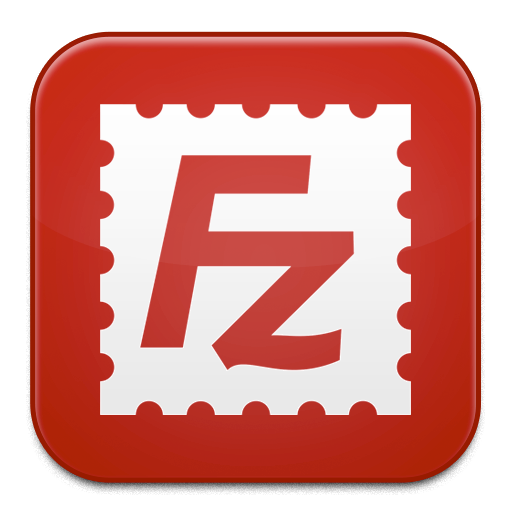
 Based on Partclone (default), Partimage (optional), ntfsclone (optional), or dd to image or clone a partition. AES-256 encryption could be used to secures data access, storage and transfer. The image file can be on local disk, ssh server, samba server, NFS server or WebDAV server. Bittorrent (BT) is supported in Clonezilla lite server, which is suitable for massive deployment. You can also remotely use it to save or restore a bunch of computers if PXE and Wake-on-LAN are supported in your clients. Multicast is supported in Clonezilla SE, which is suitable for massive clone. This is done with ecryptfs, a POSIX-compliant enterprise cryptographic stacked filesystem. One image restoring to multiple local devices is supported. You can also use a lot of boot parameters to customize your own imaging and cloning. Almost all steps can be done via commands and options. Clonezilla live also can be booted on a BIOS or uEFI machine. Both MBR and GPT partition formats of hard drive are supported. Boot loader, including grub (version 1 and version 2) and syslinux, could be reinstalled. LUKS (Linux Unified Key Setup) is supported.
Based on Partclone (default), Partimage (optional), ntfsclone (optional), or dd to image or clone a partition. AES-256 encryption could be used to secures data access, storage and transfer. The image file can be on local disk, ssh server, samba server, NFS server or WebDAV server. Bittorrent (BT) is supported in Clonezilla lite server, which is suitable for massive deployment. You can also remotely use it to save or restore a bunch of computers if PXE and Wake-on-LAN are supported in your clients. Multicast is supported in Clonezilla SE, which is suitable for massive clone. This is done with ecryptfs, a POSIX-compliant enterprise cryptographic stacked filesystem. One image restoring to multiple local devices is supported. You can also use a lot of boot parameters to customize your own imaging and cloning. Almost all steps can be done via commands and options. Clonezilla live also can be booted on a BIOS or uEFI machine. Both MBR and GPT partition formats of hard drive are supported. Boot loader, including grub (version 1 and version 2) and syslinux, could be reinstalled. LUKS (Linux Unified Key Setup) is supported. 
LVM2 (LVM version 1 is not) under GNU/Linux is supported.For unsupported file system, sector-to-sector copy is done by dd in Clonezilla.

For these file systems, only used blocks in partition are saved and restored by Partclone. Therefore you can clone GNU/Linux, MS windows, Intel-based Mac OS, FreeBSD, NetBSD, OpenBSD, Minix, VMWare ESX and Chrome OS/Chromium OS, no matter it's 32-bit (x86) or 64-bit (x86-64) OS.
Many File systems are supported: (1) ext2, ext3, ext4, reiserfs, reiser4, xfs, jfs, btrfs, f2fs and nilfs2 of GNU/Linux, (2) FAT12, FAT16, FAT32, exFAT and NTFS of MS Windows, (3) HFS+ and APFS of Mac OS, (4) UFS of FreeBSD, NetBSD, and OpenBSD, (5) minix of Minix, and (6) VMFS3 and VMFS5 of VMWare ESX.







 0 kommentar(er)
0 kommentar(er)
